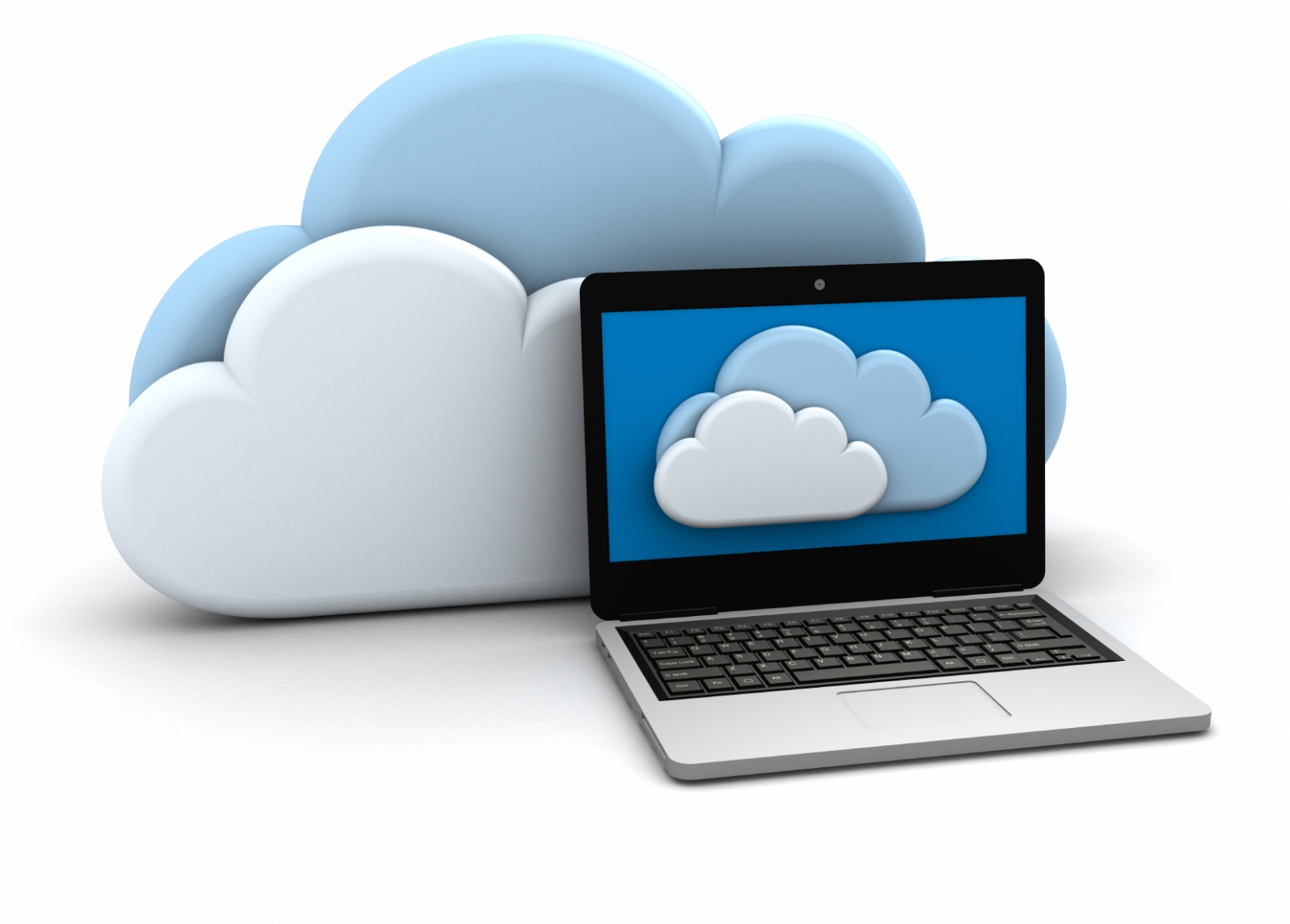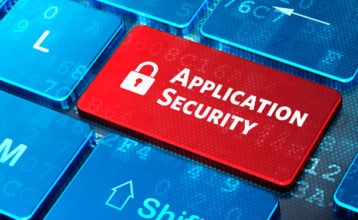RPM’s Remote Patient Monitoring is Here to Stay!
- By
- Jonathan Jacobs
Remote Patient Monitoring (RPM)
You’re working in your store and working hard to make connections with local doctors and their staff. You’ve joined the local eCare health networks. You have made the commitment to the full use of technology in all its facets. Now the last step is, of course, working with one of the RPM’s! What Is Remote Patient Monitoring?
Often abbreviated as RPM (and sometimes known as remote patient management), remote patient monitoring is a method of healthcare delivery that uses the latest advances in information technology to gather patient data outside of traditional healthcare settings. This type of service allows a provider, third party, or payor to continue to track healthcare data for a patient once released to home or a care facility from a hospital or Dr’s office, with the goal of reducing readmission rates.
Monitoring programs can collect a wide range of health data from the point of care, such as vital signs, weight, blood pressure, blood sugar, blood oxygen levels, heart rate, and electrocardiograms. Pharmacy did a lot of testing with this as early as 2017, but 2019 proved to be the year that RPM’s came to gain a foothold in everyday patient care. There is a wide range of disease states covered within the scope of RPM’s reporting benefits.
There is a large and growing market for RPM technologies with particular benefits for the older population. But simplification of connection technologies – Bluetooth for one – will be key to the broader adoption of RPM in 2020. The Coronavirus Pandemic will only strengthen the need for less face to face healthcare appointments and RPM certainly addresses this as well.
Since RPM uses digital technologies to collect medical and other forms of health data from individuals in one location and securely transmit that information to health care providers or pharmacies in another location for assessment and recommendations, security in your pharmacy management system is vital.
Monitoring programs can help keep people healthy, allow older and disabled individuals to live at home longer and avoid having to move into skilled nursing facilities. RPM can also serve to reduce the number of hospitalizations, readmissions, and lengths of stay in hospitals—all of which help improve the quality of life and contain costs. A vast majority of health systems (as high as 88%) have invested in or plan to invest in RPM technologies as part of their transition to a value-based care model, according to a 2019 Spyglass Consulting report. Preparing your pharmacy to participate in and support RPM monitoring will enable you to be involved in these (Ecare) health care systems!
Harry Soza, CEO of CAREMINDr, a Silicon Valley tech company that partners with health plans and providers to advance population health management through RPM, said he see’s potential for “significant growth” in RPM in 2020.
“We have clients that are beginning rapid, large scale expansion of their RPM programs after having run smaller pilots during 2019,” he said. “This type of expansion absolutely requires specialized monitoring systems, because RPM care is fundamentally different from the traditional methods of providers interacting with patients.”
Soza said RPM requires a “fundamental change” in how a provider system organizes itself and its relationships with patients, because it is non-face-to-face, and requires a patient to become a responsible, engaged partner with their doctor. At the same time, it brings new types of challenges related to the business of delivering care.
According to the National Institute of Health , current cost data is reported inconsistently and often gathered from studies of poor methodological quality, making it difficult for decision-makers who consider implementing this service in their organizations. One study reviewed the cost of RPM programs targeting elderly patients with chronic conditions. Data from selected studies were extracted and grouped into meaningful cost categories, then adjusted to reflect November 2015 US dollars. Results in the 13 selected studies, the newly-created cost category ‘Combined intervention cost’ (reflecting equipment purchasing, servicing and monitoring cost) for the various RPM programs in the study ranged from US$275-US$7963 per patient per year. The three main findings are:
(a) RPM program costs have decreased since 2004 due to cheaper technology.
(b) monitoring a single vital sign is likely to be less costly than monitoring multiple vital signs.
(c) programs targeting hypertension or congestive heart failure are less costly than those targeting respiratory diseases or multiple conditions.
Getting paid for working with RPM’s.
Physicians and pharmacists who haven’t yet taken advantage of these new reimbursement codes because of concerns about staffing or implementation may want to consider leveraging mobile-enabled remote patient monitoring (mRPM). This technology is much more efficient and cost-effective than past approaches such as telephonic RPM. Easy to implement, it can provide nearly immediate clinical and financial value for large group practices or solo practices with minimal clinical support staff.
According to the ‘Remote Patient Monitoring Market – Forecasts from 2018 to 2023’ report by ResearchAndMarkets, the RPM market is predicted to reach more than $31.3 billion by the end of 2023. This is up from $15.8 billion in 2017, with an increase of over 97%.
Physicians and Pharmacists who aren’t yet participating in a chronic care management (CCM) program may have shied away because of the expansive requirements. In addition, reservations may surround a perceived need—and the related costs—to hire additional care team members or outside services to perform the care management interactions. If you are a small chain or group of independents with some level of common ownership and management, you may want to consider providing these services centrally, cross the stores.
Engaging the patient
The phenomenon of improving patient adherence to a care plan through gentle reminders is based on the Nudge Theory, a Nobel Prize-winning behavioral economics theory contending, in part, that indirect suggestions and positive reinforcement can influence people’s actions. That means physicians and organizations need to make it easy for patients to create and follow new healthy habits.
While relevant patient-reported data capture and revenue enhancement are the primary goals of an RPM program, an ancillary benefit of an appropriately structured RPM program is stronger patient engagement. That’s because the simple act of being reminded, or “nudged,” to capture and report outcomes on a consistent, unobtrusive basis can elicit positive health behaviors that providers did not anticipate, or even explicitly recommend. Additional patient engagement can lead to market basket improvement, improving your stores’ bottom line.
In the coming years, nothing will be easier or more habitual for patients than to communicate and share data using their personal mobile device. Technology such as RPM’s makes virtual care more efficient and beneficial.
NYS Medicaid has covered both remote patient monitoring provided by Certified Home Health Agencies (CHHAs) for their patients and telemedicine for a number of years. At this time, NYS Medicaid is expanding coverage of telehealth to include store-and-forward technology, additional originating sites, and additional practitioners. During this crisis, the CDC has stated that additional guidelines for RPM use in a pharmacy are forthcoming, however:
The following considerations apply to RPM:
1. Medical conditions that may be treated/monitored by means of RPM include, but are not limited to, congestive heart failure, diabetes, chronic obstructive pulmonary disease, wound care, polypharmacy, mental or behavioral problems, and technology-dependent care such as continuous oxygen, ventilator care, total parenteral nutrition or enteral feeding.
2. RPM must be ordered and billed by a physician, nurse practitioner or midwife, with whom the member has or has entered into a substantial and ongoing relationship. RPM can also be provided and billed by an Article-28 clinic, when ordered by one of the previously mentioned qualified practitioners.
3. Members must be seen in-person by their practitioner, as needed, for follow-up care. Special Edition: Telehealth Expansion New York State Medicaid Update pg. 5
4. RPM must be medically necessary and shall be discontinued when the member’s condition is determined to be stable/controlled.
5. Payment for RPM while a member is receiving home health services through a Certified Home Health Agency (CHHA) is pursuant to PHL Section 3614 (3-c)(a) – (d) and will only be made to that same CHHA.
Point of Care Systems new PMS platform links with many new technology partners everyday! We encourage you to reach out to us to discuss how working with our new technology such as the product(s) listed above could work for you. We would also like to encourage all to stay safe, and practice social distancing, to help keep everyone healthy. If you would like to begin a discussion or schedule a demo contact us today at www.pocsrx.com OR info@pocsrx.com.
Additional related information and other links:
How Habits Work, an exceptional book and relatively quick read by Charles Duhigg
How to Become an Immunization Pharmacist
Top Remote Patient Companies 2020
Some Business Resources in The Time of Covid-19 Part I





